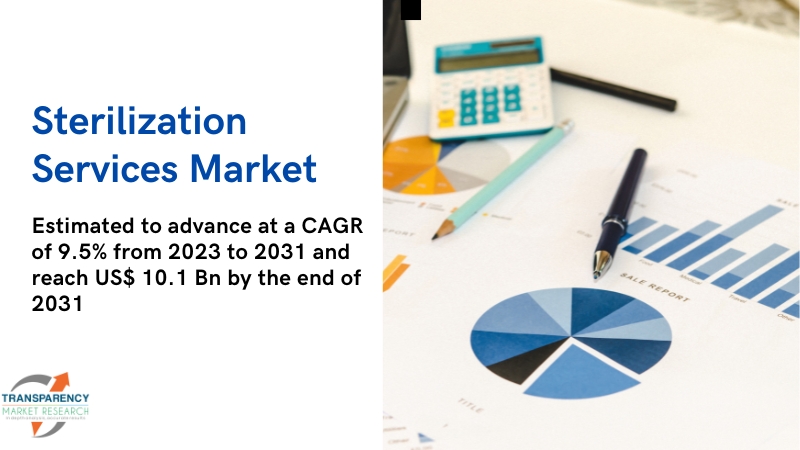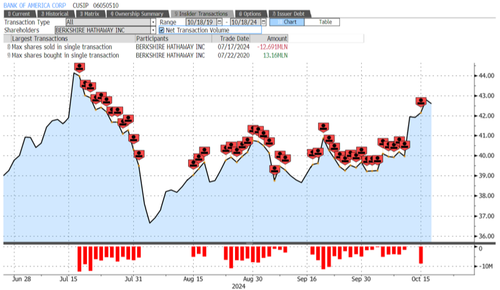
The race to extract lithium sustainably and efficiently has been heating up since Chinese researchers announced a new method to pull the critical mineral out of seawater using solar energy. The scientists—including Zhu Jia of Nanjing University and Mi Baoxia from the University of California, Berkeley—published last week an in the journal Science, in which they unveil the novel and, as they say, a potential pathway "toward the sustainable extraction of critical resources." Extracting lithium from brine and seawater has been attempted and made before, but due to the low concentration of the metal in seawater, it has typically required desalination before extraction.
This makes the method ten times more expensive than other techniques, according to Shanghai-based news outlet The Paper cited by . Now the Chinese scientists described in the Science article a new method of extracting and storing lithium from brines. They introduced a so-called solar transpiration–powered lithium extraction and storage (STLES) device that can extract and store lithium from brines using natural sunlight.
The device has a hierarchically structured solar transpirational evaporator, which "allows for the extraction of lithium from brines through a membrane and its storage in a vascular storage layer," the scientists wrote in the article. "Long-term experiments, various membrane tests, and different size assessments demonstrate the stability, compatibility, and scalability of STLES," they say. The method to extract lithium with the help of solar power suggests a new sustainable technology to mine one of the most important metals critical for the energy transition.
If scalability can be achieved, the method of extracting lithium from brine using a solar-powered device could address one of the most pressing issues of critical minerals mining—sustainability. China is a in global lithium mining and refining. With solar-powered extraction from brines, it could extend its global lead.
Even as efforts to diversify the supply chain continue, China is expected to be the world's second-largest lithium miner after Australia in 2030, according to by the International Energy Agency (IEA) in its Global Critical Minerals Outlook 2024. In refining, China is set to cede part of its large market share by the end of the decade, but it will still account for 57% of lithium refining in 2030, the IEA forecasts. Chile and Argentina are set to be distant second- and third-largest lithium refining countries with 15% and 13% shares, respectively.
Not only China is looking to find an efficient way of extracting lithium from seawater and brine. Earlier this year, Saudi Arabian Mining Company Ma'aden said it had successfully extracted lithium from seawater. Ma'aden chief executive officer Robert Wilt told in May that the company is "actually producing lithium from seawater now," but the quantities are not commercial and the project remains in its pilot stage for now.
In the United States, researchers have estimated that could be another domestic source of lithium. A team of scientists from the University of Pittsburgh and the National Energy Technology Laboratory wrote in a earlier this year that if lithium from fracking wastewater in Pennsylvania could be extracted with complete efficiency, lithium from the wastewater of the Marcellus shale gas formation could supply up to 40% of the country's demand for the critical mineral. In the study published in the journal , the researchers say that they found "substantial extractable lithium" mass yields from produced water (PW) in the Marcellus Shale.
Yet, there could be wide variations in concentrations of extractable lithium, production volumes, and extraction efficiencies in the northeast and southwest operating zones of the shale gas formation. By Tsvetana Paraskova for Oilprice.com.














